Though the costs of equipment for video recording oral histories don’t induce anxiety as they once did, our Latina/o/x Oral Histories participants learned that challenges remain nonetheless. The stress actually started when my colleague (Gina Pérez) and I attended the workshop at Kenyon College last summer and heard about the number of projects using podcasts to document oral histories. Is this something we want to do? Do we have the technical know-how? The questions and uncertainty began to percolate.
What we did not know on that rainy day in Gambier, Ohio was that, in just a few short months, we would be sitting across a restaurant table with representatives from Sacred Heart Chapel discussing a partnership between our class and the church. When we asked Father Bill, “What would be a useful outcome for the partnership?”, Fr. Bill proclaimed, “A video!” Ok, so first, how does one say no to a priest (full confession: both of us are practicing Catholics). Secondly, the anxiety Gina and I may have felt in charting new territory for the class took a backseat to a goal we’ve had for many years to build a stronger, more consistent relationship with the Latinx community in Lorain, Ohio.
Our excitement increased after meeting with Claudio Orso, the Outreach Coordinator for Oberlin College’s Apollo Outreach Initiative (AOI). AOI, in conjunction with Oberlin’s Cinema Studies Program, helps bring Oberlin College and the community together through collaborative media-making and mentorship. One could not ask for a better partner with whom to work on a class video. Claudio is a printmaker and ceramic sculptor from Turin, Italy who has been living in Ohio for the last ten years. Claudio’s excitement and passion at our meeting was unmistakable and we all agreed that this would work. Soon, however, I would be muttering in my sleep key questions from Donald A. Ritchie’s Chapter 5 (“Video Oral History”) from his Doing Oral History (including that which serves as the title to this post).
Claudio visited our class and offered numerous dates that his AOI class was available to video record. This was great; however, the dates fell quite early in the class, while we were still working to identify narrators. Once narrators were identified, their schedules (as well as those of the students in the class) did not mesh neatly with the dates that the AOI crew were available. There were clearly frustrations amongst all. In the end, I found myself borrowing a video camera from the library to record the interviews that did not fit with the AOI schedule. And while I was able to borrow the equipment for free from our library’s Audiovisual Department, limited audio equipment created a challenge and ultimately affected the final video product as the sound varied by interview.
This most visible impact, unsurprisingly perhaps, was on the narrators. While narrators signed our consent forms, which clearly indicated video recording of interviews (as did the preceding invitation to participate), the camera clearly created consternation and anxiety amongst the narrators (as well as my students). One narrator decided not to participate as the interview day approached. The student planning to interview this narrator was quite disappointed as she had worked hard to identify someone that suited her goals as well. But perhaps through divine intervention (this was at a church after all), the narrator happened to be at Sacred Heart Chapel when Gina, the student and the AOI crew arrived. With a little encouragement, she (narrator) agreed to be interviewed and it went fabulously.
Another student and her narrator had a similar experience. The narrator was very obviously nervous, to the point that we decided to switch from video to audio-only recording. I left the chapel and some time later, my student and the narrator emerged with smiles on their faces. My student told me how much better the interview went once we stopped video recording.
In the end, the video was completed and we showed it after all three masses on a beautiful late-April Sunday. Several Oberlin College faculty/staff attended, including Oberlin College President Carmen Ambar. It was indeed a learning experience, but one that none of us regret. Fr. Bill and parishioners were elated with the video. But would I do it again? We shall see…
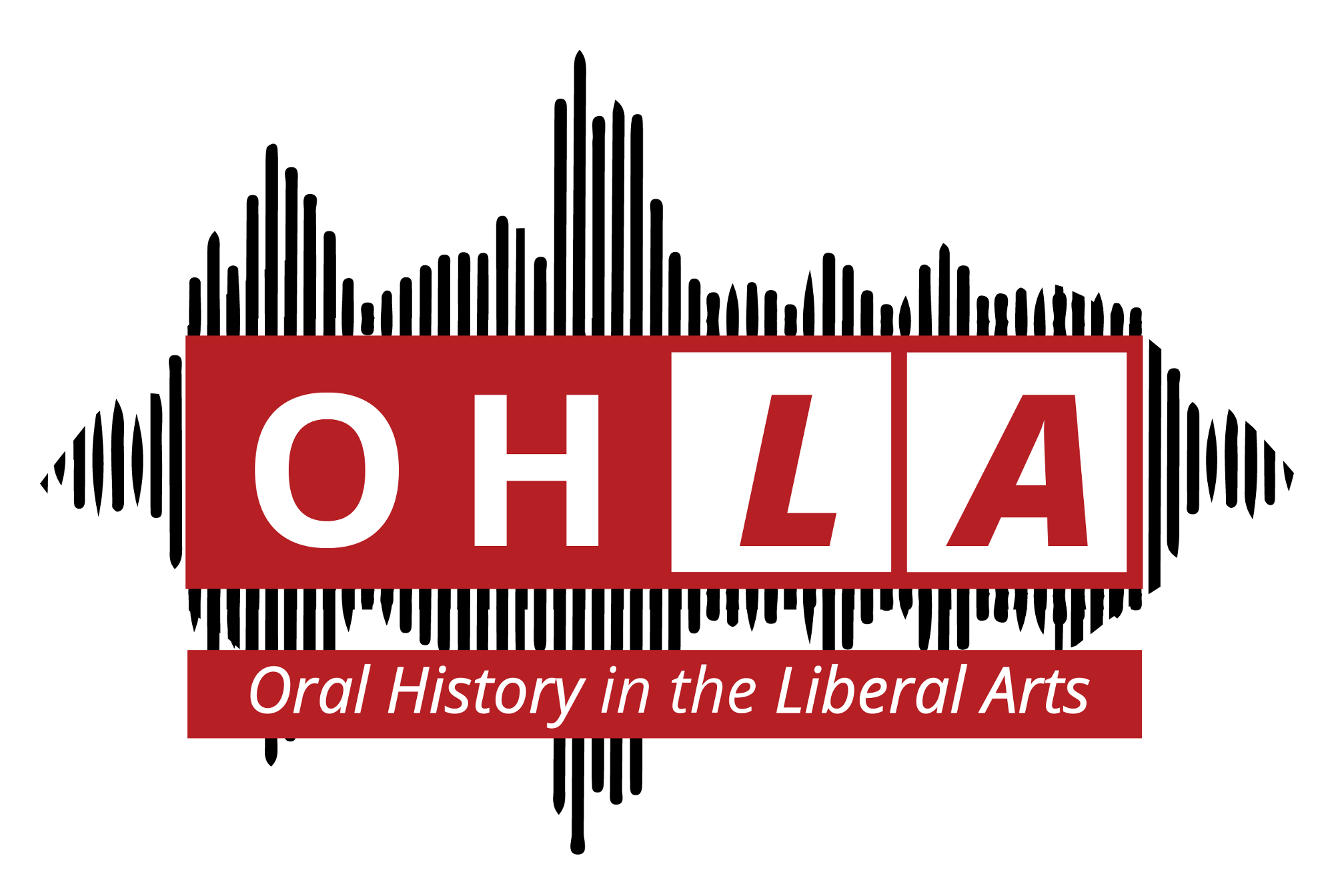


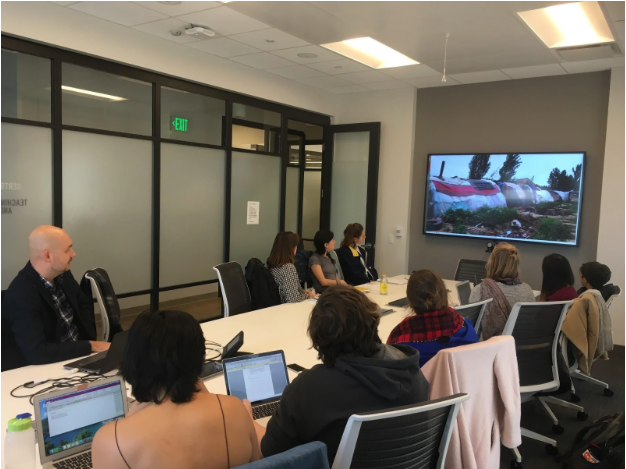
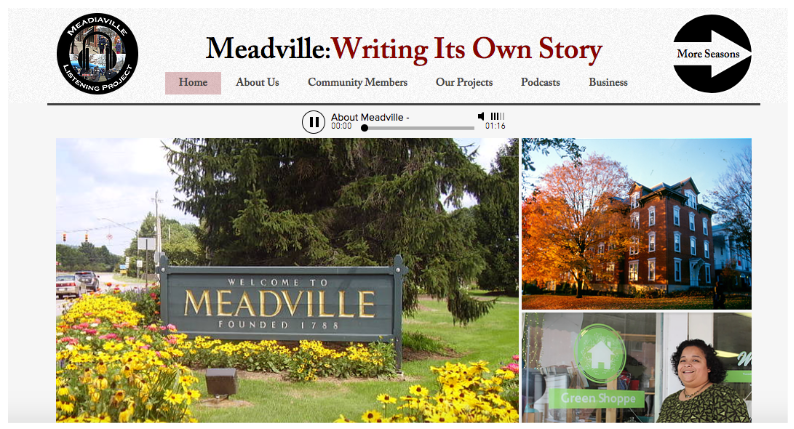
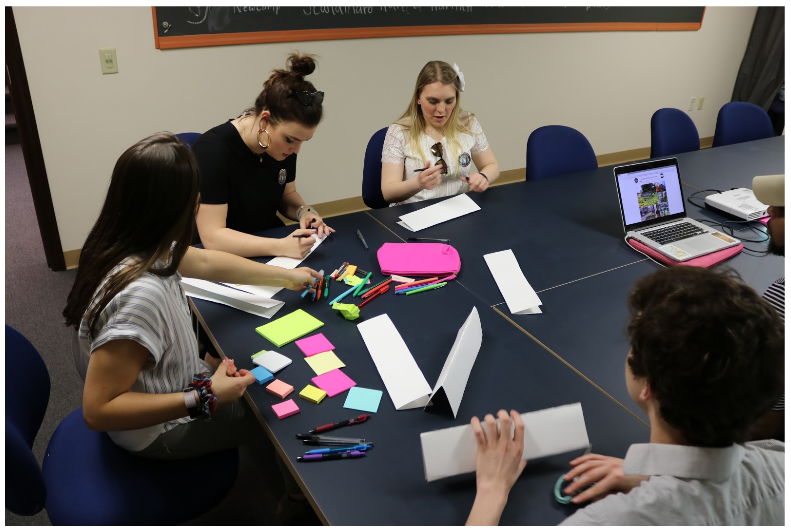
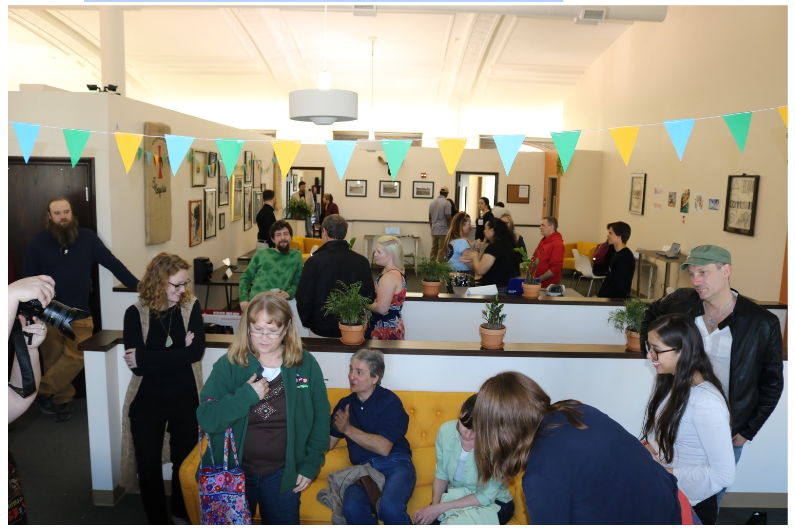
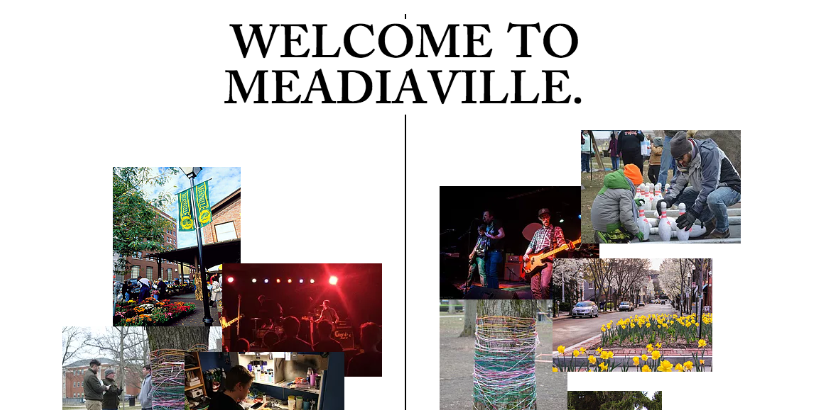
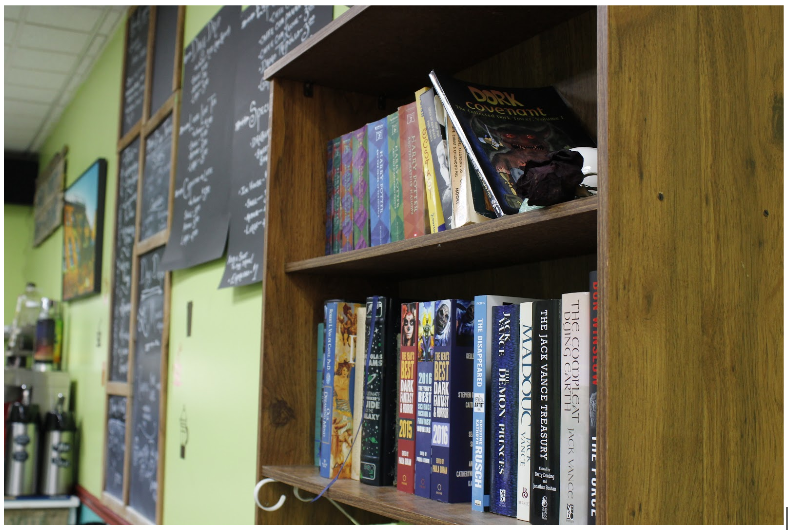
Jan Coo | January 8, 2020
|
I really enjoyed reading this account of what your class has done, Adrian! Thanks for sharing this information.